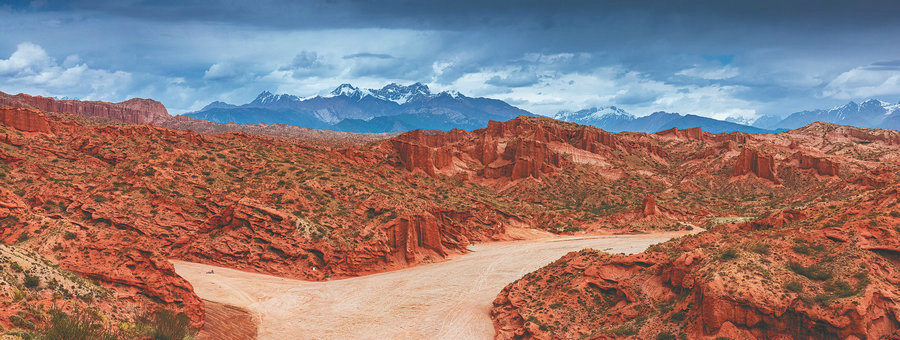Land of the rising swan


The reserve sits at an altitude of 2,500 meters and covers an area of around 137,000 hectares. The river is mostly fed by the melting snow.
"This is one of the coldest areas in China, with a yearly average temperature of-4.7 C.In January, the temperature can plummet to as low as-48 C. July, on the other hand, is the warmest month, at 28 C, which is ideal for nesting," he says.
Research shows that China is inhabited by three species of swans-the mute (Cygnus olor), the tundra (Cygnus columbianus) and the whooper swan (Cygnus cygnus). While the first two species almost always spend only the winter in China, Bayanbulak is the nesting site for the whooper swan.
"The Kaidu River twists and turns through the reserve, creating wetlands to draw the winged visitors. Swans cannot fly during their annual molting period (losing feathers, which later grow back) and living in the water or marshland protects them from predators like wolves and foxes," Ma says.

























